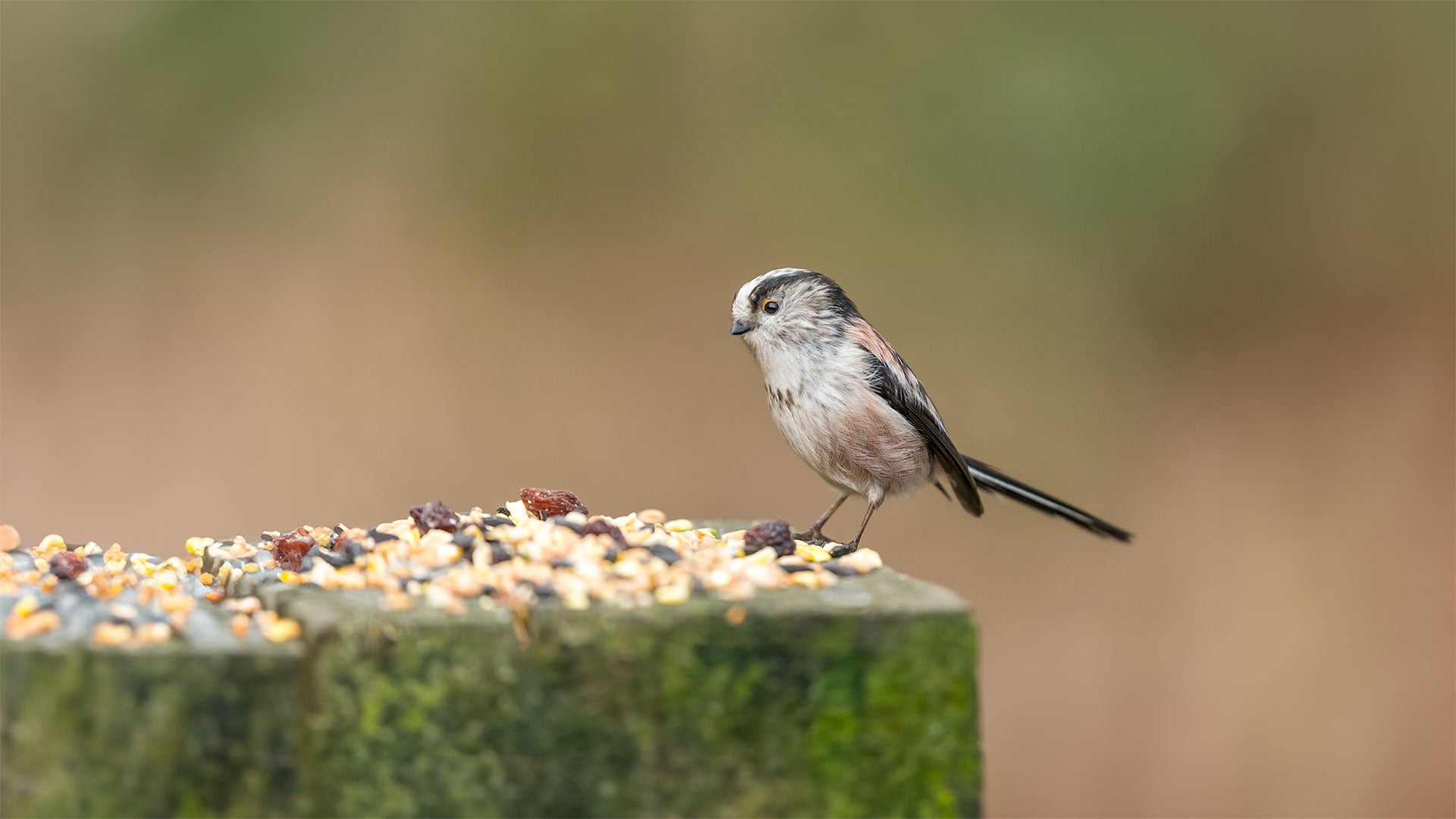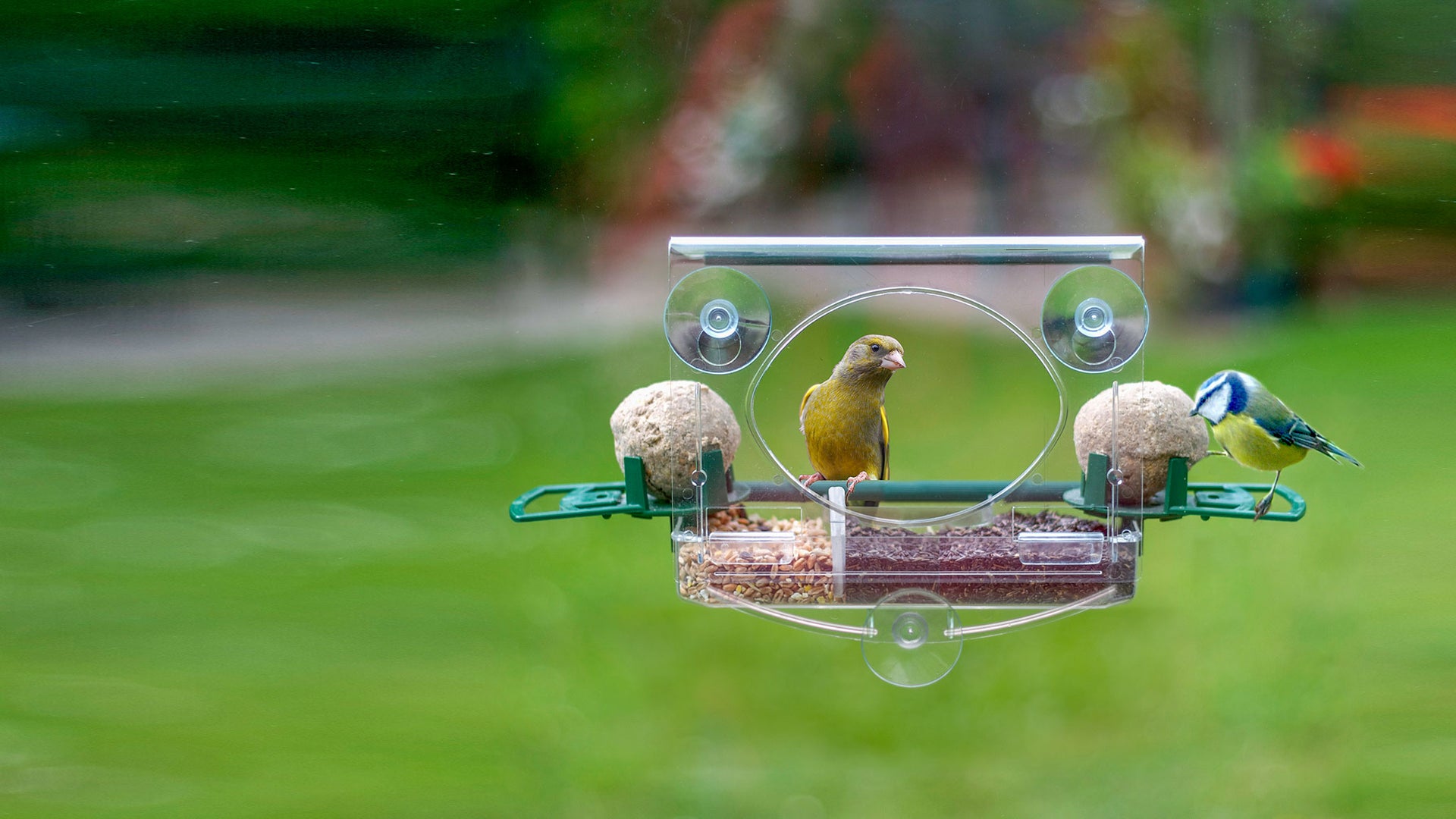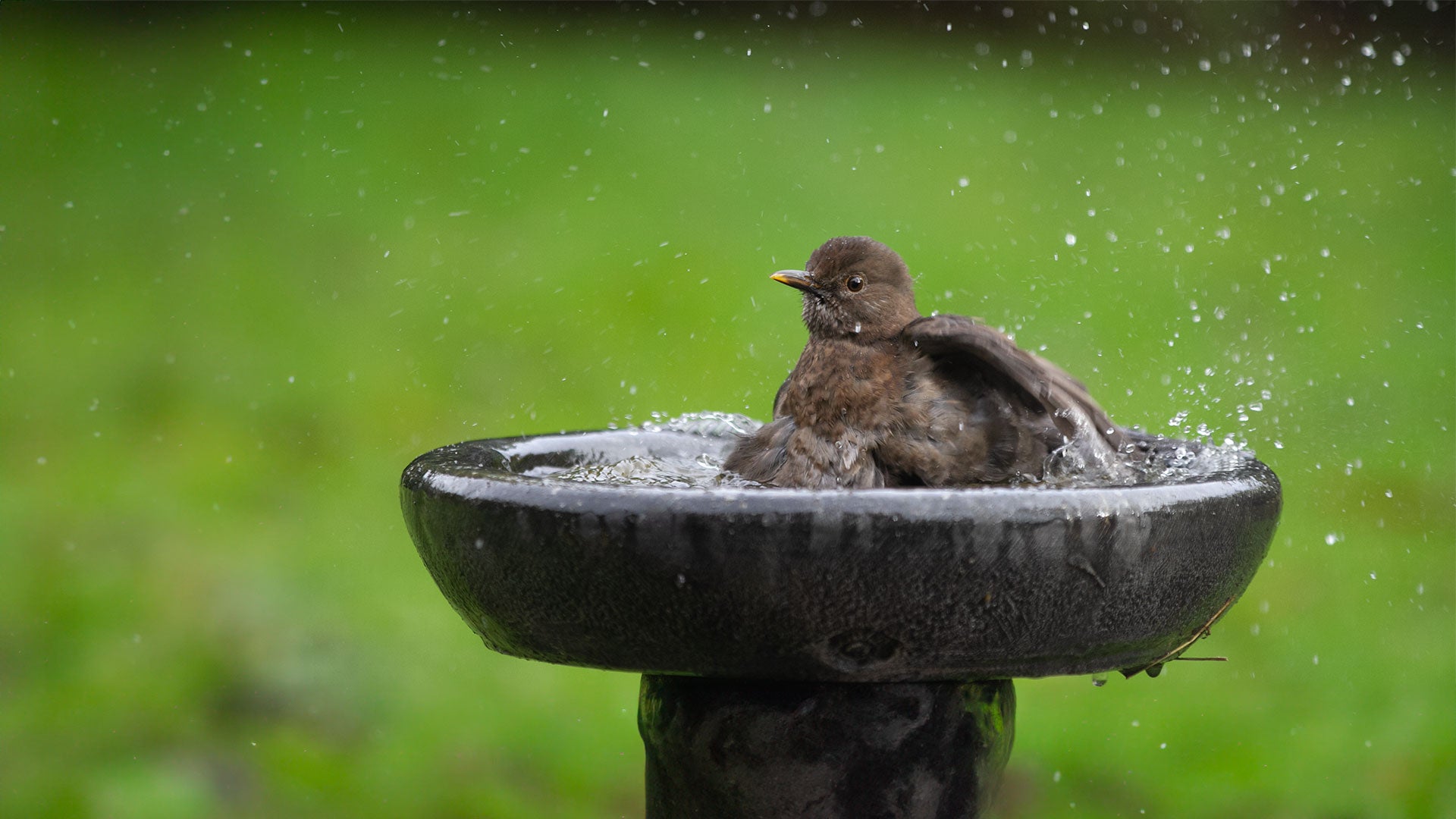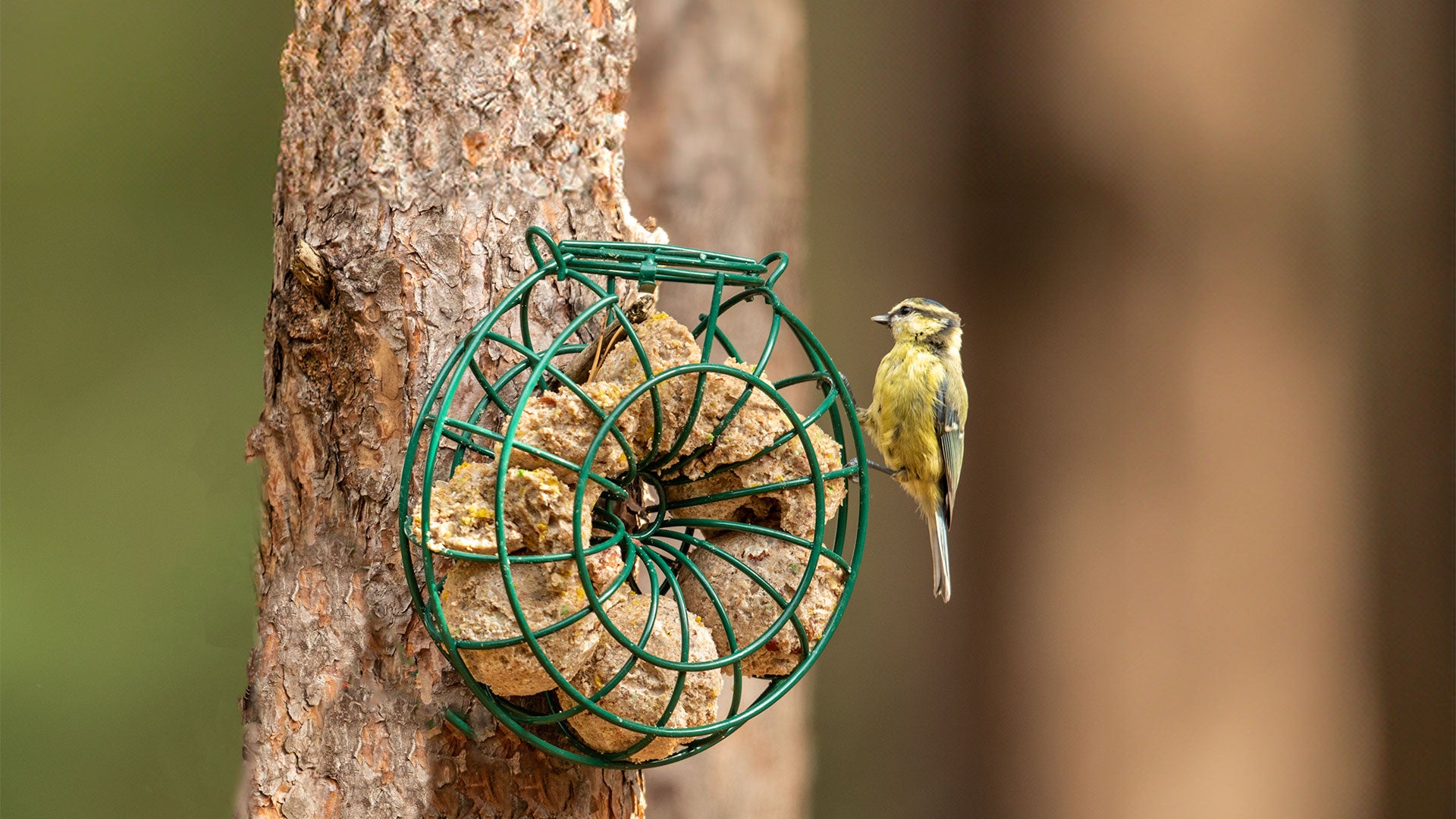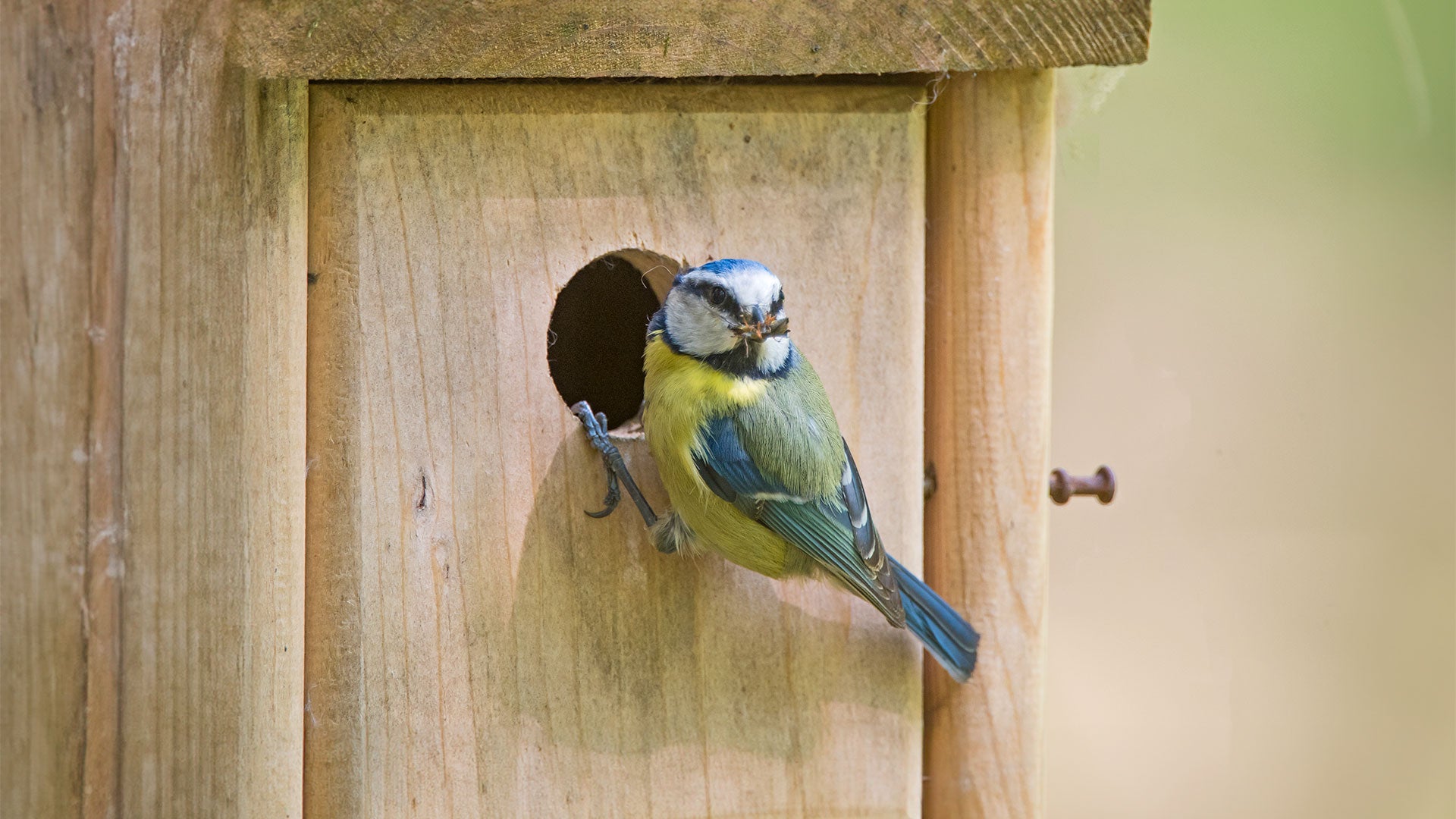Collared dove numbers have increased enormously in recent decades and are now appearing more frequently in gardens to take advantage of the food on offer. They are delicate versions of their bigger cousins wood pigeons.
What does a collared dove look like?
Length: 28cm
Resembles a small slender Wood pigeon but their plumage is more sober in colouration. They are a grey-brown colour with a tinge of pink below, particularly on the breast. The wing tips are a grey-brown colour. The distinctive marking of the Collard Dove is the black half collar around the neck. The primary coverts of a Collard Dove are grey-blue. Their bills are grey-black and they have dark pink legs.

Collared dove call - What does a collard dove sound like?
Male’s call is a persistent tri syllabic ‘coo-roo-coo-coockoo’ which is reminiscent of the Wood pigeon’s call, the accent is on the middle syllable.
When and where do collared doves nest?
Breeding begins in March, but may be prolonged until September. They build flat nests of twigs mainly on conifers but also on other trees, or very occasionally on the ledge of a building. Two drab yellow-white eggs are laid. The Collard Dove may breed twice or more (up to five times). Both parents incubate the eggs for approximately fifteen days.
Collared dove habitat
The collared dove can be seen almost anywhere, but they tend to live in regions with scattered trees and bushes, mainly in cultivated or urban areas.
What do collared doves eat in the wild?
Collared Doves mainly eat grain and seeds, also fruits and berries.
What to feed collard doves in the garden?
Where should you feed collared doves?
Feeders – Not suitable
Table – Open topped
Ground – Scatter food in the open
If collared doves are eating all your bird feed, you can try the Ark Wildlife pigeon-proof bird feeders.
Do collared doves mate for life?
Yes, collared doves are monogamous birds and will mate for life. The two birds share the duty of incubating the eggs with the female incubating during the day and the male incubating at night.
How long do collared doves live for?
Collared doves live for around three years on average. However, the known record is 17 years which is extremely impressive.
When do collared doves fledge?
Young collared doves will fledge the nest after just 17-21 days.
What's the difference between male and female collared doves
It’s virtually impossible to tell the difference between a male and female collared dove based on their appearance.
If you spot a collared dove in a nest during the day, you can often determine its sex based on the fact that the females tend to incubate during the day.
Are collared doves rare?
The collared dove is actually one of the most common garden birds with a conservation status of green. They’re non-migratory birds so you can spot them around towns and villages, in gardens, parks or woodlands all year round.


